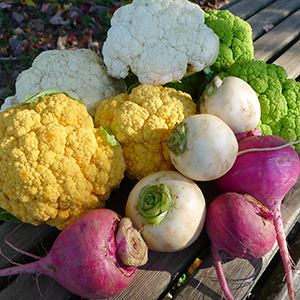
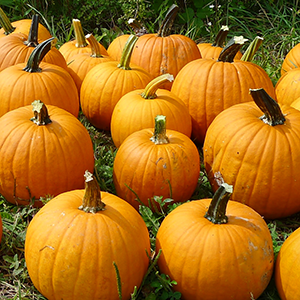
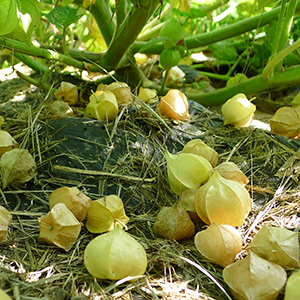
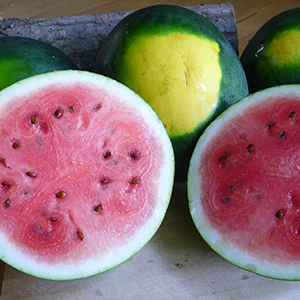
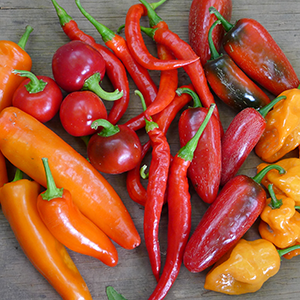
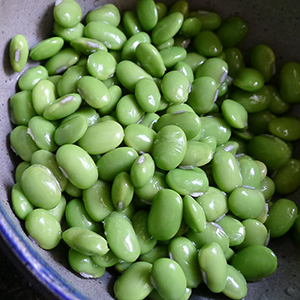



News and Notes | The Anchor Run Blog
Posts Filtered by Month - December 2017 |
Show Recent Posts
December 31, 2017
Arctic Tolerant Greens and Healthy Roots
By Derek McGeehan
Arctic Tolerant Greens and Healthy Roots
By Derek McGeehan
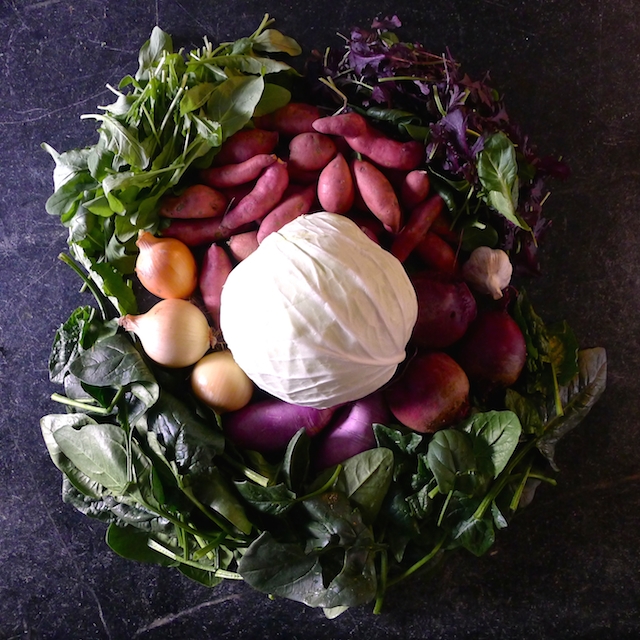
Winter CSA Harvest #2 (Week B) should include spinach, arugula, greens mix, onions, garlic, sweet potatoes, cabbage, and a root choice of beets, hakurei turnips, daikon radishes, and kohlrabi.

December 31, 2017
Baby It's Cold Outside
By Derek McGeehan
Baby It's Cold Outside
By Derek McGeehan
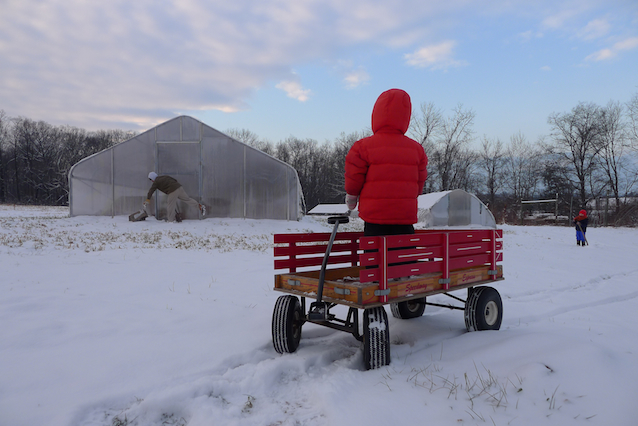
Chiseling away frozen and expanded soil to get into the Hoop Tunnel.
About 12 degrees and cloudy at 4pm Sunday...
Due to the extreme cold we're experiencing we'll try our best to distribute what's on the Expected Harvest list but we might have to make some last minute adjustments. Because spinach is known to be exceptionally cold hardy we postponed picking it last week in favor of cutting slightly less tolerant arugula and greens mix in case the extreme cold damaged them. As of now all the fresh greens look to have survived 7 consecutive days and nights below freezing. Before the worst of it began last Wednesday night, we added our thickest floating row cover (i.e. blanket) over top of the interior hoops and row cover that was already in place. This system should trap enough daytime solar radiation and soil/earth warmth to keep the greens between 25-35 degrees at night. Because the length and severity of this cold spell is unprecedented during our tenure at Anchor Run Farm, we're not 100% certain of the outcome after these two weeks. However, midway through the event, protected crops continue their healthy lives unscathed.
Also, the water line from our irrigation well to the barn and washroom freezes when single digits freeze the ground so now we'll have to run hoses from our basement to the washroom. Last week we were unable to prepare this in time for pick up which resulted in dirty beets. This week we'll have that system up and running so we can clean the roots. However, we don't wash sweet potatoes because this damages them and then they deteriorate quickly afterwards.
Additionally, we're doing our best to keep the pick up room temperature pleasantly above freezing. Now that we're fully embracing a January-February Winter CSA we need to think about the most appropriate longterm solution for heating an uninsulated, lofty, drafty barn. We've been so focused on how to grow fresh crops through the winter months that we overlooked the cold/heat situation in the barn. Our sincere apologies! However, with our current set up, you can expect to enjoy a 35 degree sauna in the pick up room when it's 10-15 degrees outside, thanks to tarps, greenhouse plastic, floating row cover, and space heaters.
As of now, Monday, January 8 is predicted to crest the freezing mark, so get your bathing suits and shorts ready!
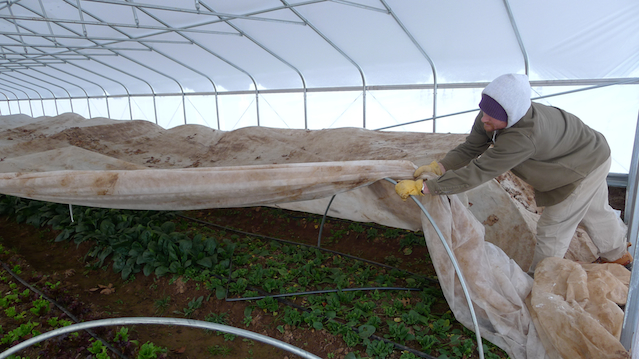
Hello in there!

December 26, 2017
This Week: Pick Up Thursday 1-8pm (not Wednesday), Saturday 11am-12noon
by Dana Hunting
This Week: Pick Up Thursday 1-8pm (not Wednesday), Saturday 11am-12noon
by Dana Hunting
Due to the holiday schedule, pick up this week is Thursday (not Wednesday) 1-8pm and Saturday 11am-12noon. During the rest of the Winter CSA pick up is Wednesday 1-8pm and Saturday 11am-12noon. If you aren't sure what pick up day you selected (Wed, Sat) or week you've been assigned (A or B for Half Shares) log in here or e-mail us (anchorruncsa@gmail.com).

December 24, 2017
2017's Final CSA Share
By Derek McGeehan
2017's Final CSA Share
By Derek McGeehan
Winter CSA Harvest #1 (Week A) should include spinach, arugula, lettuce mix, cabbage, onions, garlic, sweet potatoes, and a root choice (beets, purple daikon, hakurei turnip, kohlrabi).
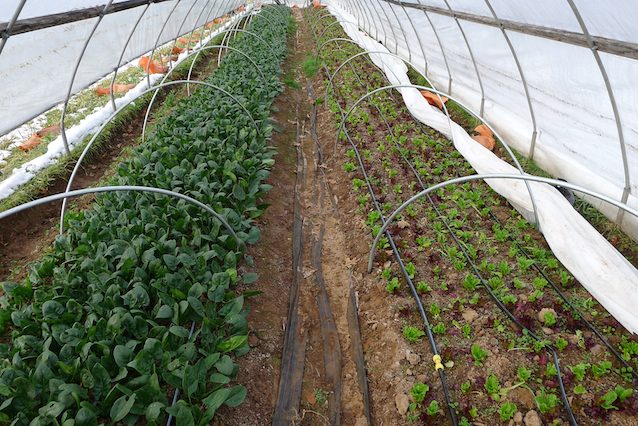
Spinach is ready to harvest in our Hoop House. Lettuce mix was harvested from here 3 weeks ago and will hopefully regrow for another cut by February.

December 24, 2017
Officially Winter With Cold but Increasing Daylight
By Derek McGeehan
Officially Winter With Cold but Increasing Daylight
By Derek McGeehan
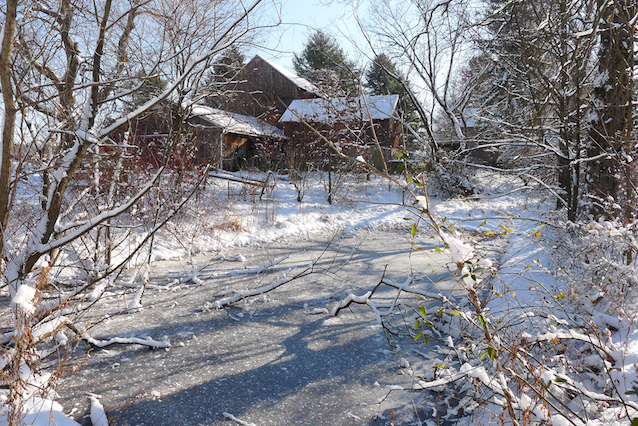
Farm pond barn snow scene.
It's official. With the Winter Solstice the Winter Season has descended based on our planet's movement around the sun. We're also pointing more away from the sun this time of year and any captured warmth is fleeting. Fortunately the start of winter and cold coincides with increasing daylight hours, thus giving a positive spin to the coldest season, as we circle the sun. Approaching the New Year we'll endure some extreme cold and temperatures will remain below freezing, 10-15 degrees below average, for the next 10 days apparently. As long as the sun shines during the day our unheated tunnels will remain warm enough through the night, retaining some of the earlier captured sunshine/solar radiation. With this expected deep cold, we'll have to wait for a late-morning, sun-inspired thaw inside the tunnels in order to harvest the spinach, arugula, and other greens.
We're also now in the middle of our 'Persephone Period', when daylight is less than the important 10-hour mark, when plants' growth slows down considerably, but not completely. Five weeks from now, at the end of January, daylight will eclipse the 10-hour mark and we'll be into February and halfway to spring. Inside our structures that house our winter greens, growth is now going to slowly speed up and by the end of February spring will be in the air. For now we enjoy/tolerate this cold and remain thankful for plants' ability to grow at this latitude, in this climate, in this season, with 'minimal' protection. Thank you for your support.
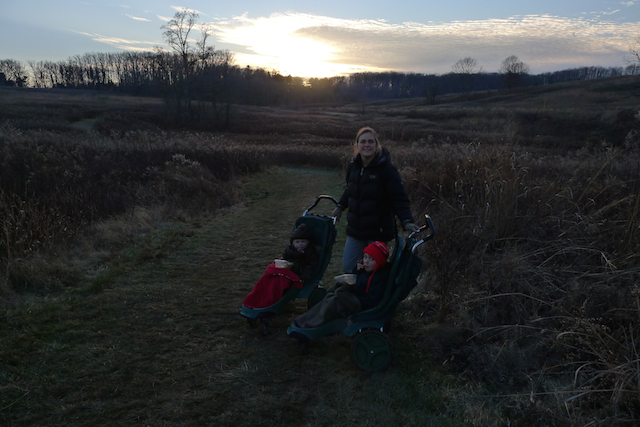
Winter Solstice celebrated in the large meadow at Longwood Gardens.

December 17, 2017
Spinach Arrives
By Derek McGeehan
Spinach Arrives
By Derek McGeehan
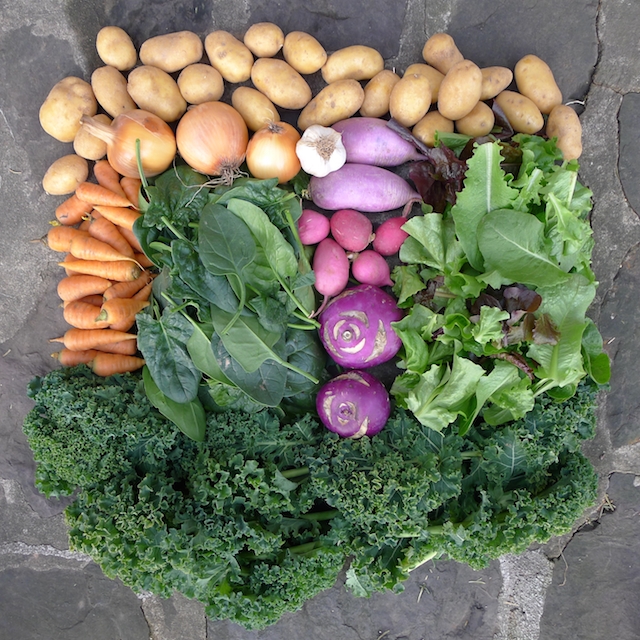
Late Fall Harvest #6 (Week B) should include carrots, kale, spinach, lettuce mix, garlic, onions, potatoes, and a root choice (hakurei turnips, purple daikon radishes, kohlrabi, salad radishes).

December 17, 2017
Join the Winter CSA for Great Local Winter Food!
by Dana Hunting
Join the Winter CSA for Great Local Winter Food!
by Dana Hunting
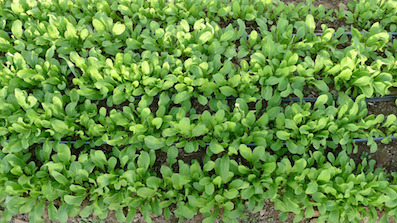
Arugula in the high tunnel happy and eager to be consumed! Coming soon to a share near you.
- Produce shares will include: a mix of fresh salad and cooking greens like lettuce mix, arugula, spinach, green and red mizuna, tatsoi, curly kale, baby red russion kale, and claytonia plus green and red cabbage, napa cabbage, potatoes, sweet potatoes, carrots, beets, hakurei turnips, scarlet queen turnips, daikon radishes, watermelon radishes, celeriac, kohlrabi, onions, garlic, and leeks (and some miscellaneous others).
- Quantities distributed will be similar to Late Fall shares, approximately 10-13 pounds each week (7-10 for Mediums).
- Currently the Winter CSA is about 85% full. Our Late Fall CSA has about 100 members picking up each week but we'll cap the Winter CSA at or below 75 members due to our reduced growing footprint.
- Log in to the website here. Sign up soon if you're interested, shares are limited!
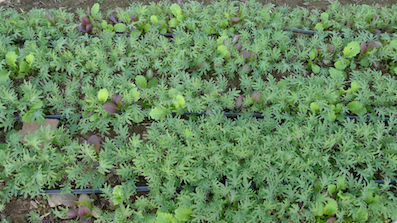
B-b-b-baby kale, baby kale, baby kale...

December 17, 2017
Winter Solstice Greens
By Derek McGeehan
Winter Solstice Greens
By Derek McGeehan
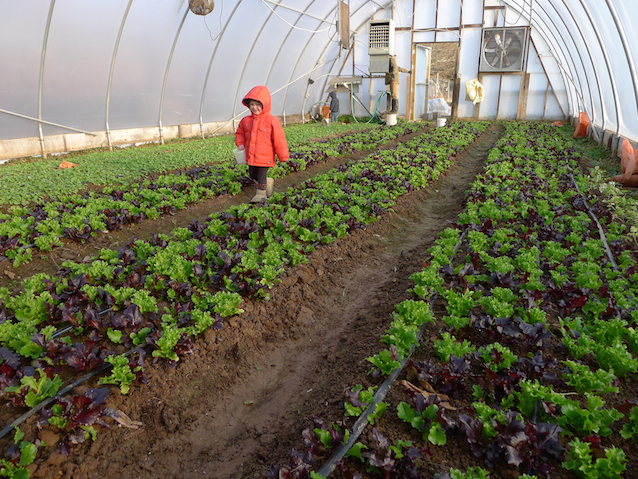
Above, this is our "heated" greenhouse, temperature set in the low 30s. You can see me in the background attempting to light the pilot flame after half a year off (process takes about 30 minutes). It's probably unnecessary to add heat, but we're using this structure as a way to compare minimally heated indoor winter growth to other tunnels that aren't supplementally heated at night. This is the structure where we start our seedlings in late winter for spring transplanting and we already have the heating unit in place, so it makes some sense to observe growth where lows only bottom out around 32-34 versus 24-26 in the unheated buildings.
In the unheated tunnels we add big hoops and floating row cover on the inside to trap warmth closer to plants (sometimes we also trap kids like below, or they sneak under). Another cold test came and went last week. After a few more nights in the teens and a couple of days where temperatures stayed below freezing, including one that was cloudy, uncovering the plants Sunday revealed healthy and robust greens. It's always a little unnerving to deal with below average winter cold, but after additional experience I'm really feeling confident in appropriate plants' ability to tolerate winter weather and provide us with healthy greens all winter. Thank you plants, seriously!
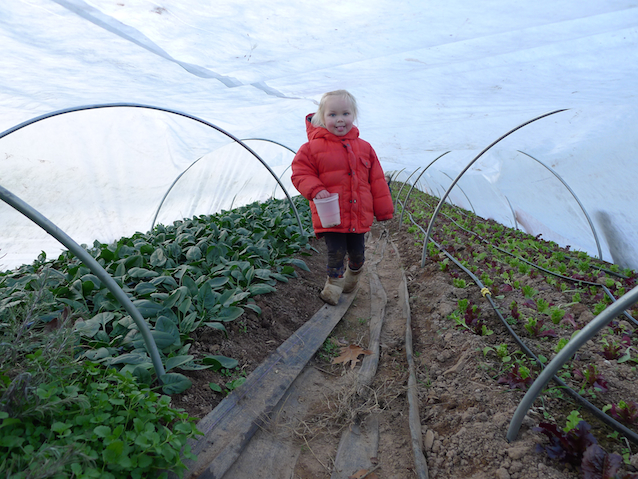

December 17, 2017
Farmer Food - Easy and Tasty Ideas for You
by Dana Hunting
Farmer Food - Easy and Tasty Ideas for You
by Dana Hunting
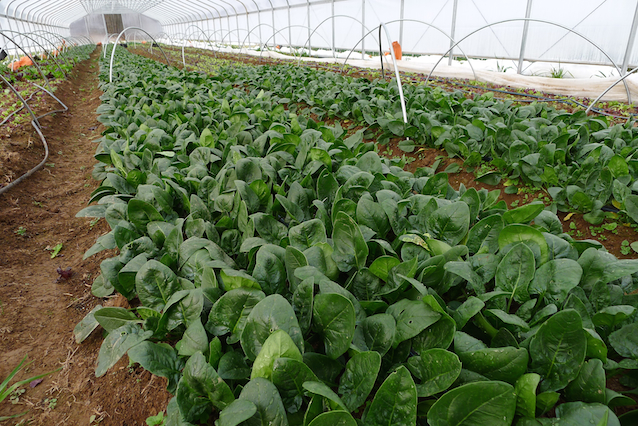
Spinach ready for harvest!
Here are some ways we enjoyed our produce this past week:
- Salad radishes, hakurei turnips, daikon radishes: Cut into chunks and roasted in the oven with a small chicken* for about 75 minutes at 375. Sprinkled with salt of course.
- Potatoes and sweet potatoes: Cut into fry shape and roasted at 375 for about 75 minutes, until crispy. Used organic coconut oil this time (purchased in bulk 5 gallon jug from Jedwards). If you use organic coconut or olive oils you should consider buying in bulk from them. Very, very cost efficient.
- Kale: Sauteed with leeks in olive oil, seasoned with salt and pepper, and put between two tortillas with cheddar cheese* for an easy quesadilla.
- Lettuce/greens mix: salads and smoothies.
- Kohlrabi: Sliced and ate with cheddar cheese*.
* meat from Ledamete Grass Farm and Hershberger Heritage Farm, eggs from our hens, cheese from Birchwood Farm and Dairy.

December 10, 2017
Ode to Wintry Roasted Vegetables
By Linda Dansbury
Ode to Wintry Roasted Vegetables
By Linda Dansbury
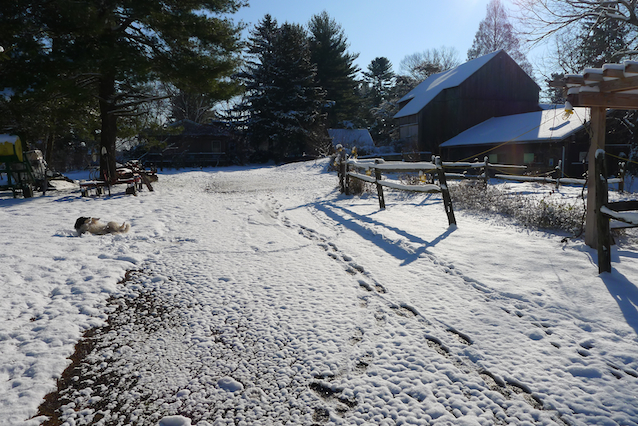
Farm dog Borchie relaxes on his back in the winter sun and snow (i.e. found something to roll in).
I love grilling veggies in the summer months, but have to admit that when the cooler days come and the pick up room is filled with potatoes, beets, leeks, garlic, turnips, celeriac, etc, I can't wait to "fire up" the oven for roasted veggies! The combinations are virtually endless, the colors are beautiful, and the flavors are scrumptious. We recently had European house guests (this guest has a food blog of her own that is pretty impressive). When they arrived, I had 2 cookie sheets filled with cut up veggies and they were very impressed with the beauty and the variety of veggies. I had intended that some of these veggies would be leftover for use in a frittata during the week, but when they came out of the oven and we were waiting for the meat to rest, we all picked at the tasty veggies so much that 4 of us finished off 2 full cookie sheets! Yes, they were that delicious!
Here are some quick and easy guidelines: cut up all veggies into the same size, so they cook at the same rate. In addition to what is listed above, include fennel, sweet potatoes, turnips, kohlrabi, daikon radish and onions. I also add cauliflower, broccoli, romanesco and/or Brussels sprouts if I have them. The temperature you cook at is somewhat flexible, but I find 375 to yield the best results - the vegetables become tender and nicely browned. I used to sliver the garlic, but found I always ended up with garlic "chips" so I now mince or grate it and mix it into the olive oil - if I am thinking ahead I let it sit for a bit. Toss the veggies with olive oil, salt and pepper and then bake until nicely browned and tender, about 45 minutes, less if you cut the veggies up small, more if the pieces are larger. Check on them every 10-15 minutes and shake or mix them up so they cook evenly.
As I said, the mixtures are almost endless. Try these additional add-ins to vary the flavor:
- sprinkle fresh parsley and parmesan, gruyere, or other cheese when just out of the oven
- cook with fresh thyme, rosemary or sage
- after cooking, add dried cranberries or fresh pomegranate seeds
- a bit of sesame oil and soy sauce/tamari mixed in when cooking or when out of the oven
- add fresh, chopped cilantro after cooking
- cook with fresh thyme, rosemary or sage
- after cooking, add dried cranberries or fresh pomegranate seeds
- a bit of sesame oil and soy sauce/tamari mixed in when cooking or when out of the oven
- add fresh, chopped cilantro after cooking
I made romesco sauce in the late summer when we had a lot of red peppers and that served alongside the veggies is delicious too. As I said, the combos are almost endless - enjoy!

December 10, 2017
Sign Up Soon for Anchor Run's Winter CSA!
By Derek McGeehan
Sign Up Soon for Anchor Run's Winter CSA!
By Derek McGeehan
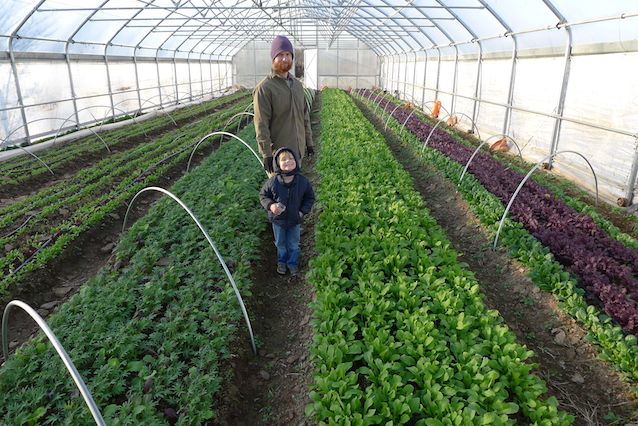
Very soon in the pick up room we'll see baby kale and arugula!
- Produce shares will include: a mix of fresh salad and cooking greens like lettuce mix, arugula, spinach, green and red mizuna, tatsoi, curly kale, baby red russion kale, and claytonia plus green and red cabbage, napa cabbage, potatoes, sweet potatoes, carrots, beets, hakurei turnips, scarlet queen turnips, daikon radishes, watermelon radishes, celeriac, kohlrabi, onions, garlic, and leeks (and some miscellaneous others). Quantities distributed will be similar to Late Fall shares, approximately 10-13 pounds each week (7-10 for Mediums).
- Currently the Winter CSA is about 75% full. Our Late Fall CSA has about 100 members picking up each week but we'll cap the Winter CSA at or below 75 members due to our reduced growing footprint.
- Log in to the website here. Sign up soon if you're interested, shares are limited!

December 10, 2017
A Beautiful Week in December
By Derek McGeehan
A Beautiful Week in December
By Derek McGeehan
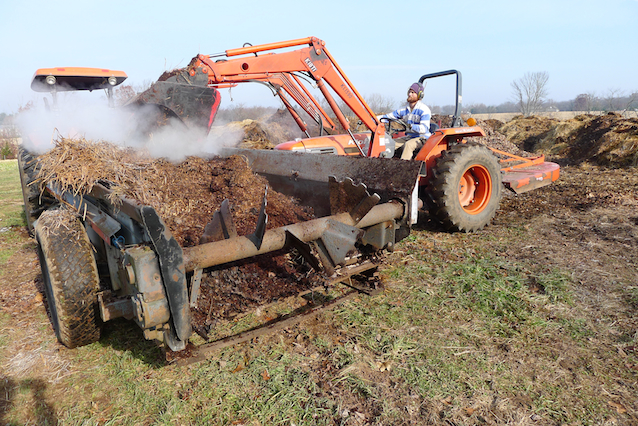
Dry ground in December, or during any month in the winter, is a rare treat on the farm. So, what do we do with that special time? We tackle tasks that we don't have time for during the busy growing season that require tractor use, such as spreading compost and mowing buffers and pollinator habitats. We basically stockpile compost ingredients for a year or two, turning it every once in a while to help introduce oxygen and speed up decomposition, then spread it during the fall or on fallow areas during the active growing season. We don't attempt to spread it on the entire farm every year. Rather we try to spread it on portions that we observe to need it and also rotate its application so that every field will receive it once every four years or so.
There are many benefits to compost application including the addition of organic matter, nutrients, and minerals plus it slightly acidifies the soil, which we need to do now after spreading aragonite for years. Introducing compost also feels like a successful completion of the food production circle/cycle.
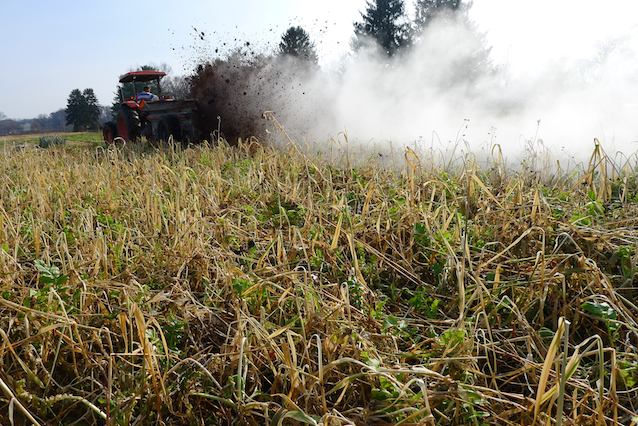

December 10, 2017
Farmer Food - Easy and Tasty Ideas for You
by Dana Hunting
Farmer Food - Easy and Tasty Ideas for You
by Dana Hunting
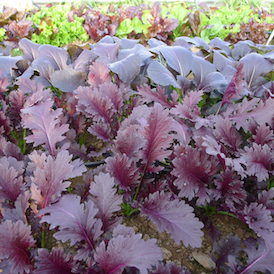
Red mizunas and lettuce mix - all fall and winter long!
Here are some ways we enjoyed our produce this past week:
- Cabbage, leeks, potatoes, sausage: into a 4-quart cast iron dutch oven pot went bacon fat*, leeks, cabbage, potatoes, and sausage*; cooked until soft/done. Prep time was about a 1/2-hour, cook time was about 45-minutes.
- Soup using cabbage and miscellaneous roots: used a 12-quart stock pot so we would have leftovers for several days; while 3 quarts of chicken stock thawed and melted in the pot Derek chopped and threw right in: sweet potatoes, daikon radishes, celeriac, garlic, kohlrabi, leeks, turnips, cabbage, and a frozen habenero; also added a 2.5 pound beef roast* that we thawed in warm water and cubed; filled pot almost to the brim, brought to a boil, then simmered on low heat until soft and cooked. Prep time was about 1/2-hour, cook time was about 45-minutes.
- Lettuce/greens mix: salads and smoothies.
- Kale, onions, frozen sweet peppers, and frozen tomatoes: Chopped and cooked and had over pasta.
* meat from Ledamete Grass Farm and Hershberger Heritage Farm, eggs from our hens, cheese from Birchwood Farm and Dairy.

December 10, 2017
Central Bucks Local Food in December
By Derek McGeehan
Central Bucks Local Food in December
By Derek McGeehan
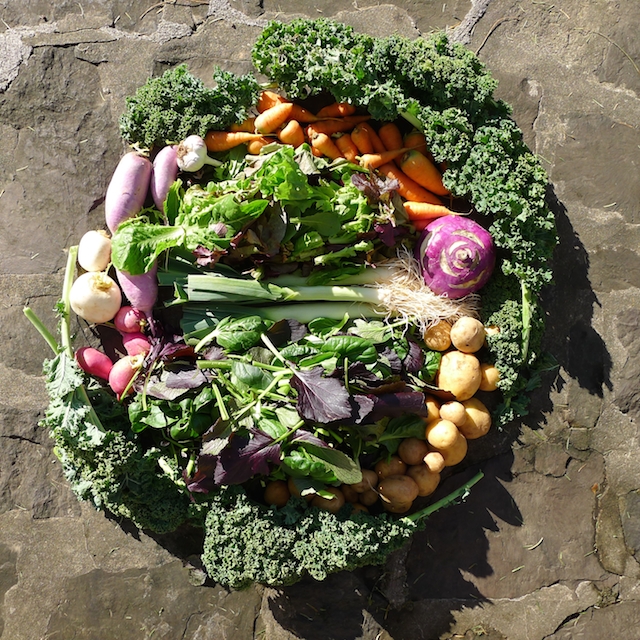
Late Fall Harvest #5 (Week A) should include potatoes, lettuce mix, greens mix (tatsoi, red mizuna), carrots, kale, garlic, an allium choice (leeks, onions), and root/stem choices (hakurei turnips, salad radishes, daikon radishes, kohlrabi).

December 3, 2017
Incoming Salad Greens
By Derek McGeehan
Incoming Salad Greens
By Derek McGeehan
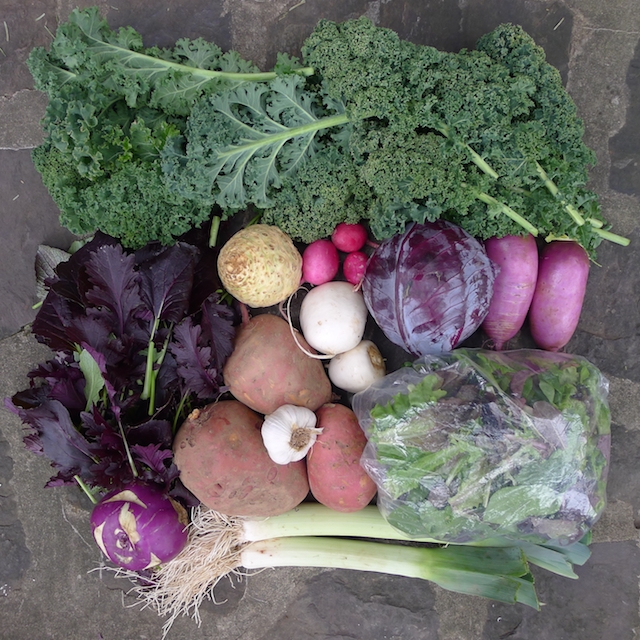
Late Fall Harvest #4 (Week B) should include kale, garlic, cabbage, lettuce mix, greens mix, sweet potatoes, an allium choice (leeks, onions), and root/stem choices (hakurei turnips, salad radishes, daikon radishes, celeriac, kohlrabi).

December 3, 2017
Farmer Food
by Dana Hunting
Farmer Food
by Dana Hunting
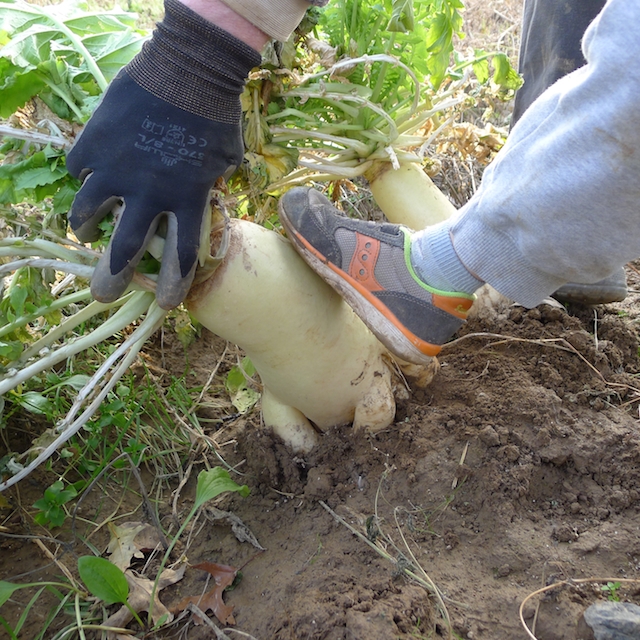
That's a cover crop daikon radish, probably 4 months old and 18 inches long by 6 inches wide. These huge roots scavenge for nutrients, loosen soil, add organic matter, and are impressive and intriguing specimens to behold. Daikons in the pick up room won't be this big.
Here are some ways we've been enjoying our share produce:
- Sweet potatoes: chopped into french fry shape, covered with coconut oil and salt, roasted in the oven at 375 for about an hour while simultaneously roasting a chicken*.
- Frittata: leeks, kale, sweet potato, cheese*, eggs*, bacon*.
- Soup using miscellaneous roots: made a huge pot of chicken stock which then required soup making; chopped sweet potatoes, garlic, onions, kohlrabi, celeriac, radishes, and turnips and cooked until soft; also added a smoked ham hock*, salt, and rosemary.
- Lettuce mix: salads and smoothies.
- Kale: breakfast smoothies with fennel, frozen strawberries, and dairy kefir; also quesadillas with onions, sausage*, and cheese*.
- Cabbage: cut in half, cut out core/stem, put in a baking dish with coconut oil, sprinkled with salt and pepper, baked at 375 for about an hour or until soft.
* meat from Ledamete Grass Farm and Hershberger Heritage Farm, eggs from our hens, cheese from Birchwood Farm and Dairy.

December 3, 2017
Here's December
By Derek McGeehan
Here's December
By Derek McGeehan
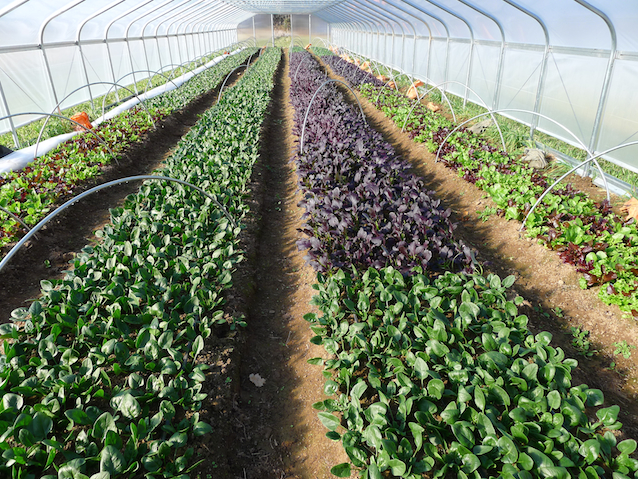
Early December in the new Hoop Tunnel, 144 feet of tender green goodness.
The fresh salad greens inside the structures are now mature enough to continuously cut, adding a delicate treat to shares for the foreseeable future. The lettuce mix salads our family enjoyed over the past week were truly delicious. Flavor seems to be enhanced this time of year, a combination of the cooler weather, our ability to control water content, and probably also from the absence of salads in our diet for a few weeks prior.
This coming week we also plan to begin harvesting two dark red varieties of mizuna that are simply pleasing to look at but also taste mild and sweet. Young and winter hardy tatsoi will also be added to the greens mix. Spinach, shown in the foreground above, will probably be harvested during weeks #5 and #6.
The balance we try to achieve with these greens is: harvest them when they're big enough and roots are well established but small enough that they'll regrow in a month or so and we won't remove too much of their available nutrients and ability to regrow. If they get too big they'll compete with each other for light, some leaves will deteriorate, and they'll be more susceptible to deep cold.
We also need to be mindful of spreading out the harvest, an attempt to have fresh salad greens every week for another 13 weeks (including the Winter CSA). Now that we're growing in 4 structures (high tunnel, hoop house, hoop tunnel, and green house; total of 8,300 square feet) we're more confident in our ability to provide fresh greens throughout the fall and winter months. Thank you for your support!

December 3, 2017
Sign Up Soon for Anchor Run's Winter CSA
by Dana Hunting
Sign Up Soon for Anchor Run's Winter CSA
by Dana Hunting
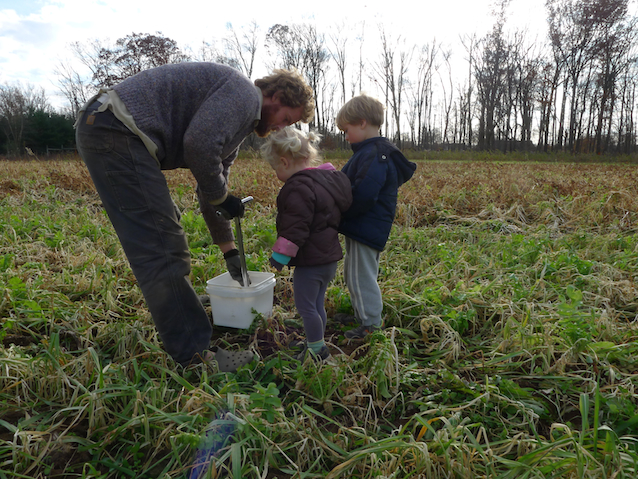
Collecting soil from random locations in Field 1 to mix and send to the lab for analysis to see how it's doing, what it needs, to compare it to the tests from 2009, 2012, 2015, to chart its improvement, and to determine what amendments and fertilizers could be useful. Five samples were sent from different parts of the farm that have been under our care for varying lengths of time and/or have different underlying soil properties.
- Produce shares will include: a mix of fresh salad and cooking greens like lettuce mix, arugula, spinach, green and red mizuna, tatsoi, curly kale, baby red russion kale, and claytonia plus green and red cabbage, napa cabbage, potatoes, sweet potatoes, carrots, beets, hakurei turnips, scarlet queen turnips, daikon radishes, watermelon radishes, celeriac, kohlrabi, onions, garlic, and leeks (and some miscellaneous others). Quantities distributed will be similar to Late Fall shares, approximately 10-13 pounds each week (7-10 for Mediums).
- Currently the Winter CSA is about 75% full. Our Late Fall CSA has about 100 members picking up each week but we'll cap the Winter CSA at or below 75 members due to our reduced growing footprint.
- Log in to the website here. Sign up soon if you're interested, shares are limited!

POSTS BY TYPE
POSTS BY MONTH

